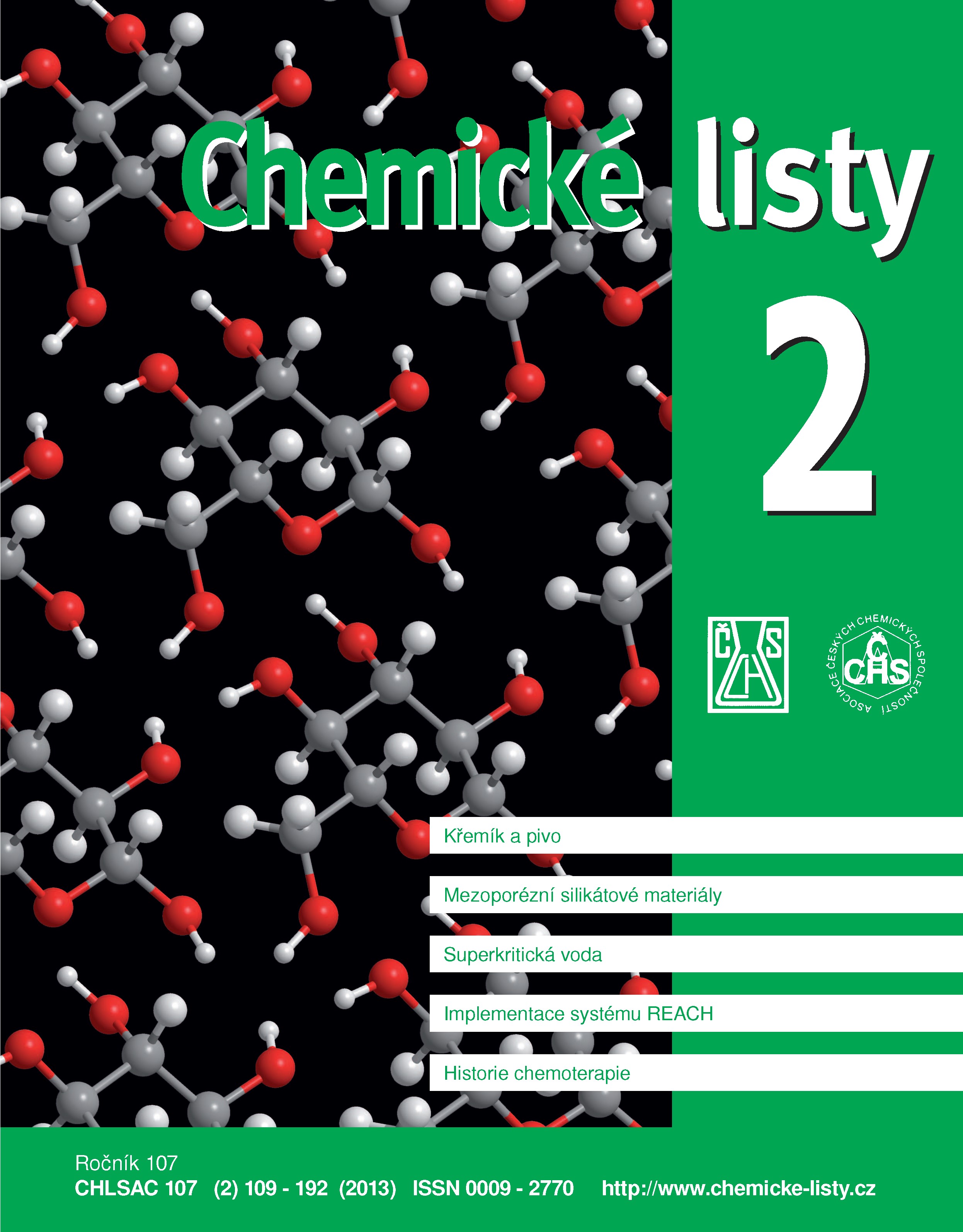Leaching of Al, Fe, Sn, Co and Au from Electronics Wastes Using Organic Acid and Microscopic Fibrous Fungus Aspergillus niger
Keywords:
chemical and microbial leaching, e-waste, toxic metals, biocrystallizationAbstract
The (bio)hydrometallurgical processes including 42-days (bio)leaching of the title metals from electronics wastes using citric and oxalic acids and Aspergillus niger fungus were investigated. Electronics wastes and their (bio)leachates were analyzed for Al, Fe, Sn, Co and Au by flame atomic absorption spectrometry, inductively coupled plasma optical emission spectrometry and inductively coupled plasma mass spectrometry. Morphology and size distribution of the waste particles were qualitatively analyzed by scanning electron microscope combined with energy-dispersive X-ray spectrometry. X-ray diffraction analysis was used to determine the crystalline structure of new compounds formed by biocrystallization during the bioleaching. The used organic acids proved to be better leaching agents than the A. niger strain. The bioleaching experiments showed lower recoveries (1–5 %). However, the values were much higher than those obtained in control experiments. The used fungus was able to biotransform Al and Sn to crystalline inorganic (basaluminite) and organic (Sn(II) oxalate) compounds.





